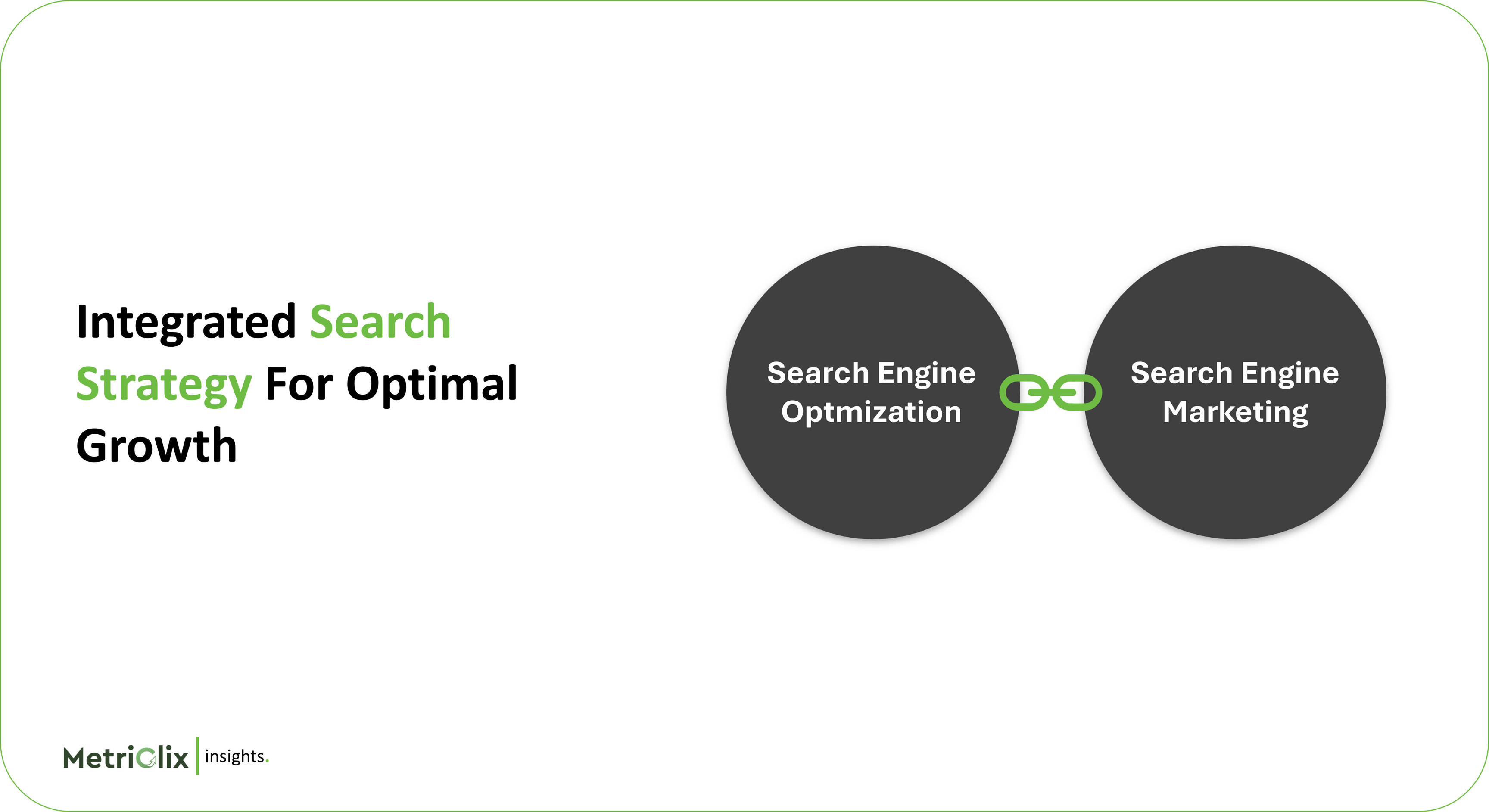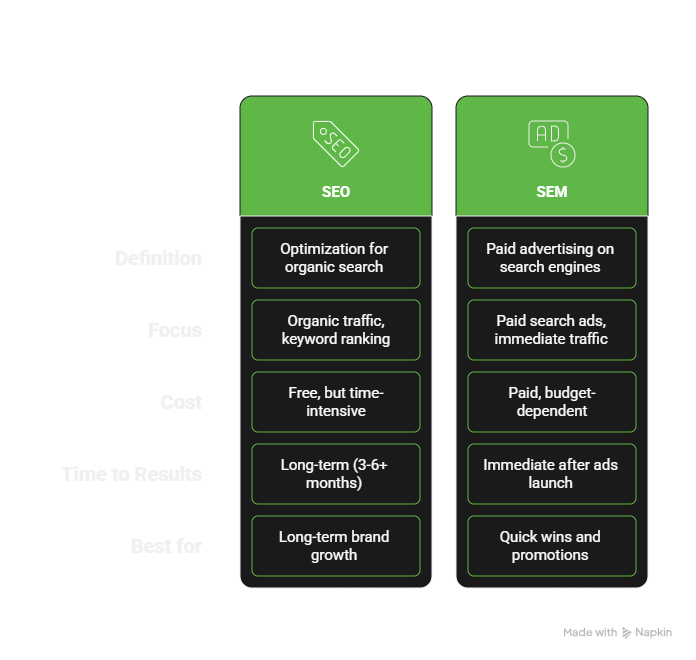
Integrated Search Strategy: Combining SEO & SEM for Optimal Growth
Introduction
In today’s digital landscape, having a robust online presence is essential for business growth. While many companies rely on either Search Engine Optimization (SEO) or Search Engine Marketing (SEM) to drive traffic and conversions, a unified search strategy that combines both can unlock tremendous growth opportunities. This comprehensive approach leverages the strengths of each discipline, creating a holistic search strategy that delivers better visibility, increased traffic, and a higher return on investment (ROI).
In this article, we will explore how combining SEO and SEM can create an integrated search strategy for optimal growth. We’ll cover the benefits of integration, key steps to build an integrated strategy, and practical examples of how businesses can execute this approach successfully.
What is an Integrated Search Strategy?
An integrated search strategy combines the power of SEO and SEM to create a cohesive and comprehensive approach to search marketing. While SEO focuses on organic search rankings, SEM is centered on paid search advertising. Together, they provide a powerful combination that enhances your overall online visibility.

By integrating these two strategies, businesses can cover both short-term and long-term goals, ensuring consistent growth and visibility.
Why Combine SEO and SEM?
Enhanced Visibility
Combining SEO and SEM ensures that your business appears in both organic and paid search results. This dual presence can significantly increase your visibility, especially for competitive keywords.
Data Synergy
The data collected from SEM campaigns can provide valuable insights for your SEO strategy. For example, high-performing keywords in SEM can guide your organic content strategy.
Better Budget Allocation
A unified strategy allows for smarter budget allocation. For example, if certain keywords perform well organically, you can reduce ad spend on those and focus your SEM budget elsewhere.
Improved User Experience
A cohesive approach ensures that your messaging is consistent across both organic and paid channels. This leads to a better user experience and higher conversion rates.
Steps to Build an Integrated Search Strategy

Measuring Success
Success in an integrated search strategy is determined by tracking the right metrics. Here are some key performance indicators (KPIs) to monitor:
Metric | SEO Focus | SEM Focus |
|---|---|---|
Traffic | Organic traffic growth | Conversion rate from ads |
Conversions | Conversion rate from organic | Conversion rate from ads |
Keyword Rankings | Improvement in organic ranking | CTR and Quality Score |
Cost Per Conversion | N/A | Lower CPC and higher ROI |
Common Challenges and How to Overcome Them
Budget Constraints
Solution: Prioritize high-impact keywords for SEM while focusing on long-term SEO for lower-budget items.
Data Silos
Solution: Use integrated tools and cross-team collaboration to break down silos and ensure data is shared.
Inconsistent Messaging
Solution: Create a content calendar and messaging framework that aligns SEO and SEM efforts.
Conclusion
An integrated search strategy that combines SEO and SEM is essential for businesses looking to maximize their online presence. By leveraging the strengths of both approaches, companies can achieve greater visibility, improved user experience, and a higher ROI.
Start integrating SEO and SEM today, and unlock the full potential of your digital marketing strategy.